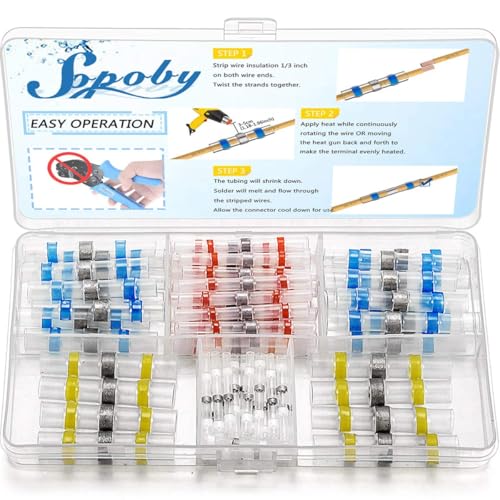I have Carrier furnace model: 58STA090---14116. It’s about 7 yrs old and never was registered, so out if warranty. I’ve been working on this for about a month. A month and a half ago my furnace went out in the middle of the night a couple different cold nights. The blower continued to work. The furnace gave me a code 13 (Limit Circuit Lockout). Then for about two weeks the furnace quit working/heating in the middle of the night, every night. When I reset it in the morning it worked fine and sometimes after about three hours it resets itself. Based on the error code I have checked the vents and air returns. All are clean, clear and open. 2” filter is clean and new- I change them regularly. The error code and online information, then, made me think to look at the limit switches. I ran continuity tests and all switches were fine. Checked ohms and all was good there, too. I cleaned the flame sensor and burners, just in case.
The more days passed and I tried things, the more frequently, it stopped working and threw code 13. There was an infrequent code 33 (related to 13), that I saw and twice through it all, I saw a 14 and 34. Every time I flip the power switch off and back on, the furnace resets itself and works for some time.
Finally had someone come in and look at it. He found the same things I did and measured the various temperatures. Nothing irregular about the temperatures. He bypassed the high limit switch to see if there was anything weird w the switch. Code 13 in the middle of the night. Next day he bypassed the switch on a vent going out. That worked for 4 days before before 2 days of throwing code 13 again. Then it worked for 2 more days before the repairman felt he had to remove the bypass for his liability reasons. The only other thing that the repairman can think of is that there is something funky going on with the control board. The problem is, he can’t be sure and I’m supposed to spend $400 plus his time on a guess. One last ditch effort, I bypassed both of the switches that had been pie past previously, but I bypass them at the same time. I had no issues for nine days when I decided to replace the limit switches. Within hours after replacing the limit switches I had sales and code 13 again.
What does anyone think? Could the limit switches be sending some kind of data/signals that the board is interpreting it incorrectly? I’d like some other advice before I decide to spend the money on a new control board. Thanks!
The more days passed and I tried things, the more frequently, it stopped working and threw code 13. There was an infrequent code 33 (related to 13), that I saw and twice through it all, I saw a 14 and 34. Every time I flip the power switch off and back on, the furnace resets itself and works for some time.
Finally had someone come in and look at it. He found the same things I did and measured the various temperatures. Nothing irregular about the temperatures. He bypassed the high limit switch to see if there was anything weird w the switch. Code 13 in the middle of the night. Next day he bypassed the switch on a vent going out. That worked for 4 days before before 2 days of throwing code 13 again. Then it worked for 2 more days before the repairman felt he had to remove the bypass for his liability reasons. The only other thing that the repairman can think of is that there is something funky going on with the control board. The problem is, he can’t be sure and I’m supposed to spend $400 plus his time on a guess. One last ditch effort, I bypassed both of the switches that had been pie past previously, but I bypass them at the same time. I had no issues for nine days when I decided to replace the limit switches. Within hours after replacing the limit switches I had sales and code 13 again.
What does anyone think? Could the limit switches be sending some kind of data/signals that the board is interpreting it incorrectly? I’d like some other advice before I decide to spend the money on a new control board. Thanks!
































































